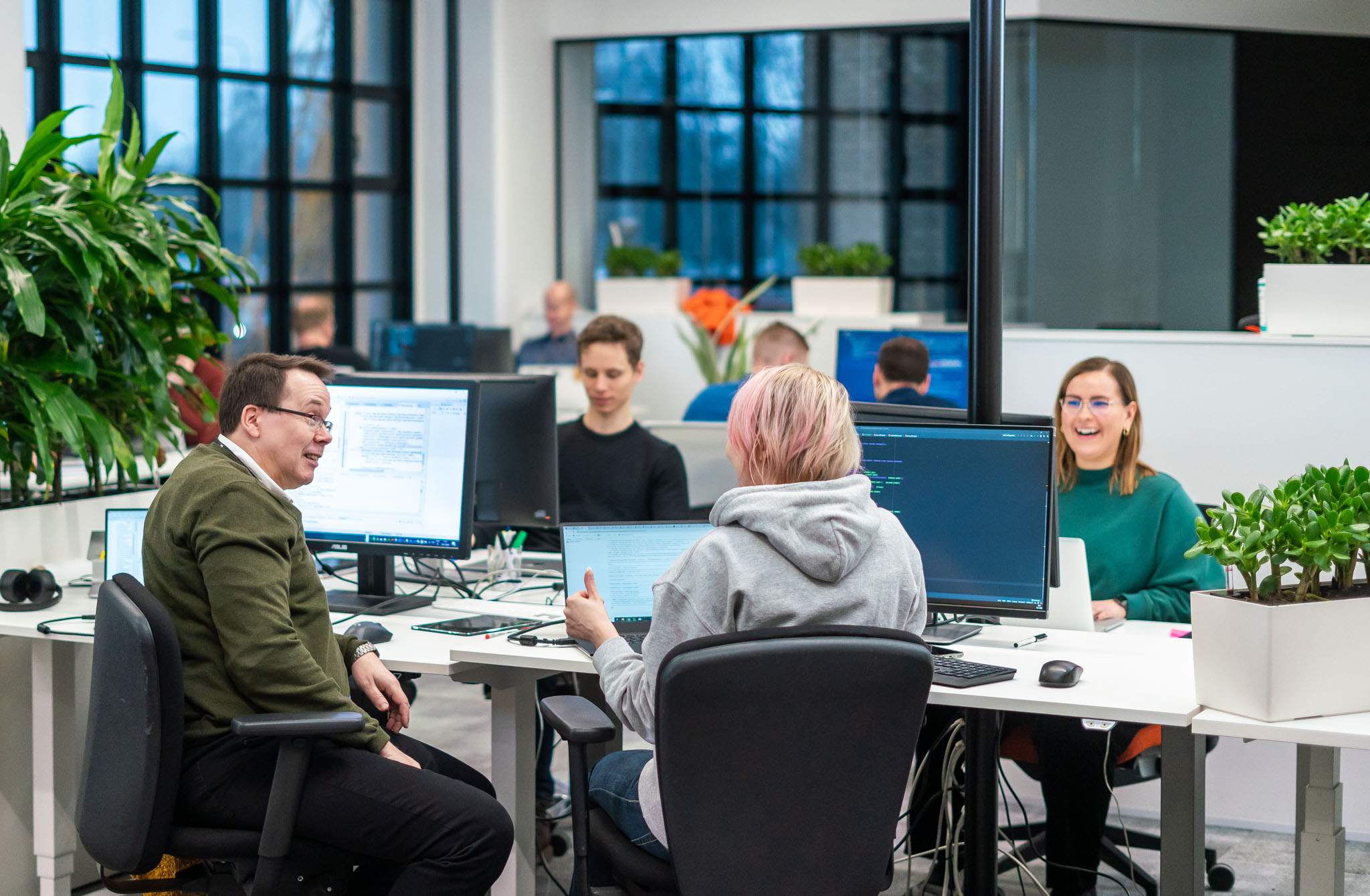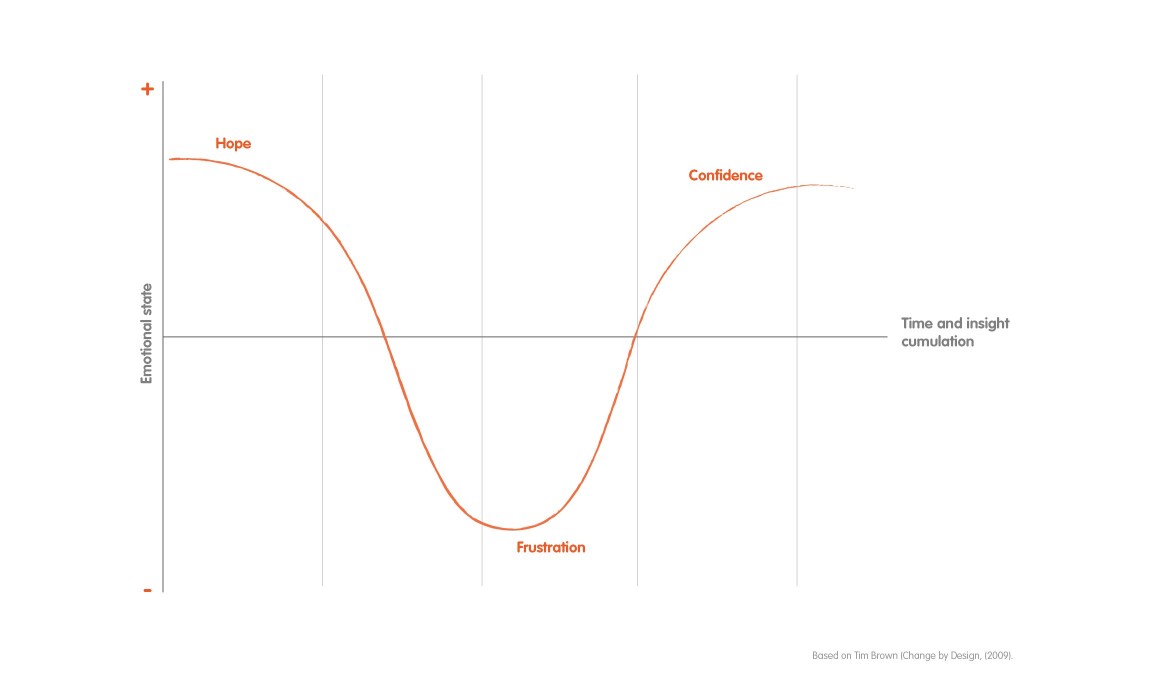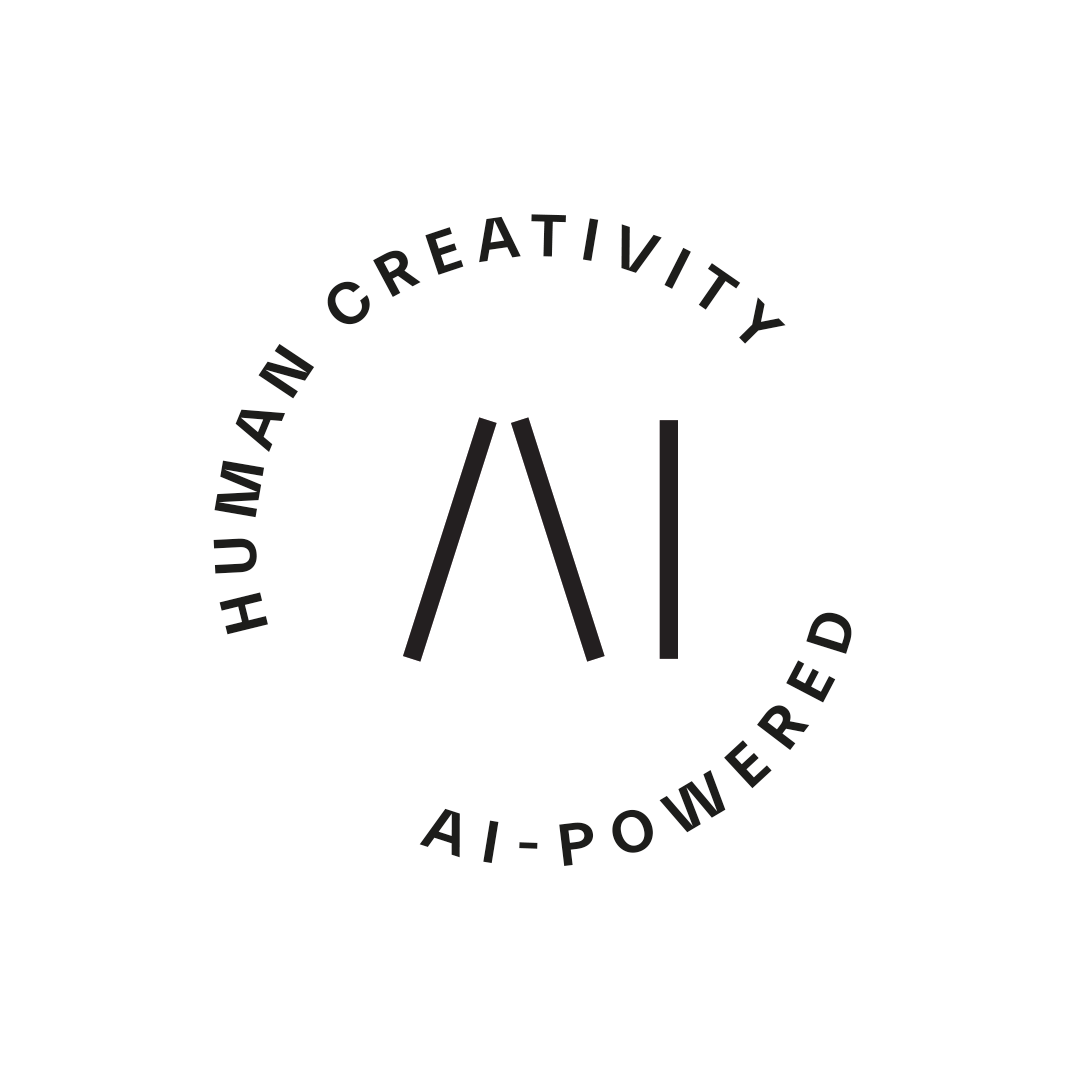Design thinking has attracted an increasing amount of attention in recent years. At its best, design thinking can be a major force for change. At its worse, superficial application results in wasted resources. Learn how to avoid the most typical pitfalls.
Design thinking can be exploited in resolving business challenges at many levels: developing products and services, planning user experience, creating strategy, designing business operations and even designing the organisational structures of companies.
However, design thinking is not a silver bullet. At its worst, superficial application results in wasted resources. That's why there are those who disagree with the approach.
We laid out the most typical pitfalls, so you can avoid them and thus harness the full potential of design thinking.
The most typical pitfalls in the application of design thinking
Applied correctly, the principles of design thinking enable holistic, people-focused and iterative development of products, services and business operations. However, it is quite frequent that one comes across situations where the parties experimenting with design thinking have not received the value they expected.
It is typical in these situations that:
- Design thinking has been approached superficially, as an independent, stand-alone workshop or tool.
- The idea has been that design thinking is just a question of the capability of a single creative person.
- The roller-coaster that feelings go through in the design process has frightened the team or the customer and for that reason they have rushed to the solution too soon.
- Design is based on assumptions rather than facts.
- The balance between customer need, feasibility and business potential has been forgotten.
I am convinced of the impact of design thinking and have shown it in several development projects with my customers. Together with Siili’s service design team, we put together a collection of principles that you can use to avoid the pitfalls mentioned above and apply design thinking successfully.
5 principles for applying design thinking successfully
When applying design thinking it is critical to think and act in accordance with the following principles.
1. Design thinking is not just a series of tools or workshops
Far too frequently, design thinking is simplified as a series of workshops or tools and the approach is often only utilised as an initial impetus to development work. In reality, design thinking is a frame of reference for problem solving, which is made up of objectives for being, thinking and doing, and there is the question of long-term and goal-directed efforts to identify and resolve problems and business opportunities.
The way of being, thinking and doing - all these sub-areas are equally important in design thinking:
- The way of being refers to mentalities that would be beneficial for people and teams to apply when implementing design thinking. These include an open attitude to change, new knowledge and perspectives, or curiosity to understand a situation as holistically as possible.
- The way of thinking refers to the design thinking process and following it (more about this later in paragraph three).
- Tools on the other hand are exactly as their name says: just tools. The tools and procedures are selected according to each unique challenge to be solved. One skill in applying design thinking is to select suitable tools and procedures for the challenge at hand.
2. Apply design thinking in a multi-skilled team
- Most business challenges are so multi-faceted that they cannot be resolved from just a single technical or design perspective for example. They require a broad understanding of the whole picture and that is why, without exception, work requires a multi-disciplinary team.
3. Don't take short cuts in the design thinking process
The design thinking process is by nature exploratory. The first thing is to find the important problem to be solved or the opportunity and only then proceed to designing a solution. The first thing is always to expand the perspective and only then to focus the decisions on the most relevant subjects (picture 1 below).
Picture 1. In the design thinking process the first thing is always to expand the perspective and after that the decisions are focussed on the most relevant subjects.
Especially when the work is starting, it is typical that the developers collide with the world of possibilities in which identifying the right problem among everything they find can feel difficult. Almost without exception, the emotional scale of the team working on resolving a problem moves from hope, via frustration to certainty that the solution discovered is on the right track (picture 2).
Picture 2. Almost without exception the team’s emotional scale follows this track. To be successful it is critical to be aware of the emotions you live through at the different stages of the process.
The feeling of confusion at the start of the process can create a temptation within the development team to seize the first solution that comes along. When the pressure to find a solution builds up, the temptation to cut straight to implementation is great. The danger of stepping onto one of the mines I presented at the beginning of the text is real.
Taking short-cuts however does not result in the most impressive results. It is important to accept the uncertainty of the initial phase and have confidence that applying the design process will achieve relevant final results in the end, even if they are quite different from what was imagined at the start.
4. Separate facts from assumptions
If the choice of the challenge to be solved is based too much on opinions or assumptions, then from the initial few metres you will be heading in the wrong direction when solving the problem.
People-centred research, as well as making and testing prototypes together with their future users are critical ways of ensuring the relevance of a solution. They help to make sure that the design decisions are based on real data or at least relevant assumptions about customers’ needs.
5. Find a balance between customer’s needs and business
A successful business, product or service is created by finding a balance between customer potential, feasibility and the business model. Finding this balance is one of the most important tasks of design thinking.
Solutions at this point most often go sour for the following reasons:
- Technical maximisation: Technical properties of the product or service are maximised with the result that, for example, the price point of the product becomes too high. The solution is not attractive to the customer and so does not produce the business hoped for.
- Maximising customer hopes: It is not worth implementing anywhere near all of the properties customers want, if a suitable business model for their commercialisation cannot be found.
- Internal optimisation: Development is too focused on internal work and the realities and changes in customer behaviour and the operating environment are forgotten.
The central questions in design thinking
Most central questions in design thinking are:
- What do our customers really need?
- What kinds of opportunities could we have in the current environment?
- What kinds of products and services can we develop to answer the needs or exploit an opportunity?
- What is the role of our products in our customers’ lives?
- How should we organise ourselves so that we can deliver now and tomorrow?
- How does the solution impact the world around us?
In the end, successful application of design thinking produces more relevant products and services, as well as reducing the risks related to developing them. At its best therefore, the final result is a satisfied customer and a successful business.
Things to bear in mind when applying the design thinking process
As a summary, a short list of things to bear in mind:
- Do not take short-cuts in the process. If you trust the process you will always find a relevant output.
- Accept the mental pressure in the start, and accept that you do not yet know what the end solution will be.
- Separate finding the problem from designing the solution.
- Accept the non-linear nature of the process. Sometimes you will have to go backwards in the process.
- Work in multi-skilled teams.
- Aim for balance between the desire for a solution, feasibility and commercial potential.
- Learn to distinguish assumptions, opinions and facts from one another.
Interested in how we might help you craft better products & services? Contact us!
Written by
Juha-Matti Kosonen

.jpg?width=1170&name=picture1%20(1).jpg)

